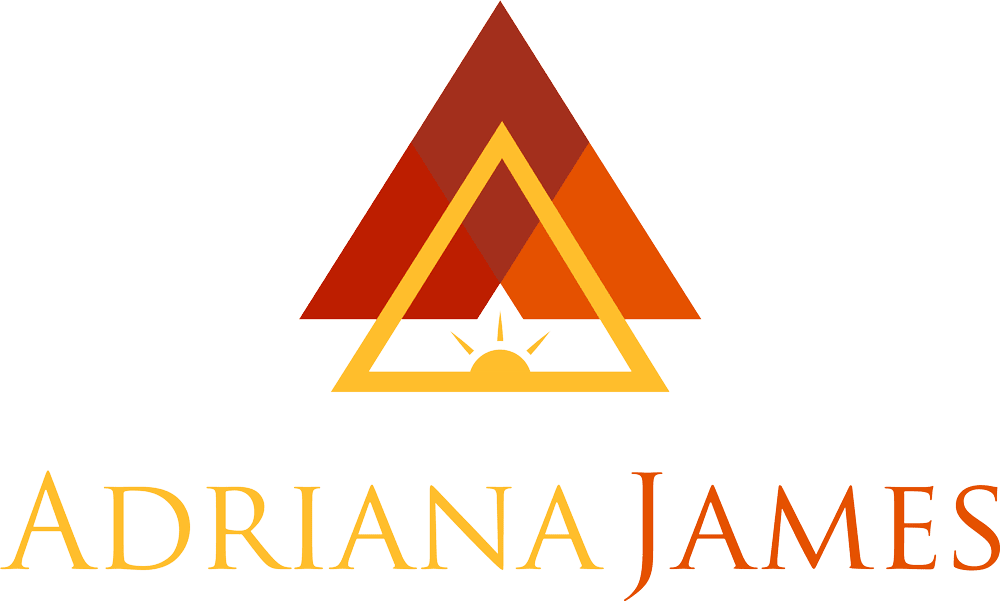 | By Sue Brereton – Guest Writer |
The Costs of Conflict
When researching workplace conflict I found most articles and papers cited that between 30-50% of a typical manager’s time is spent managing workplace conflict. They also said that the costs of organisational conflict include staff absenteeism, attrition and litigation expenses; coupled with these are the costs to productivity as a result of low morale and impaired decision making. The ongoing effect on some workplaces in relation to severe conflicts have led to restructuring of teams or business units.
A well-known mediator recently wrote, “It is estimated that over 65% of performance problems result from strained relationships between employees – not from deficits in individual employee skills or motivation.”
An Australian article stated that “unresolved conflict is implicated in the burgeoning cost of stress-related workers compensation claims in Australia, yet it is often unaddressed within the medical management model”. A government agency responsible for the care of Commonwealth employees reports, “Stress claims represent only 7% of total workers compensation claims, yet they account for nearly 27% of total compensation costs at an average cost of $115,000 per claim.”
If this is the problem and current models are not addressing the cause effectively, what can we do, with NLP, to assist the efficacy of these models?
Neuro-Linguistic Programming (NLP) in Workplace Conflict Resolution
NLP is the study of how we use language. At a micro level it is dissecting how we use language, to others and ourselves to consistently achieve our desired results. The creators of NLP modelled Dr. Milton Erickson and Virginia Satir.
Dr. Erickson worked with language bringing clients into levels of abstraction through metaphors, while Virginia Satir worked with language bringing clients into greater levels of specificity. If we examine NLP, from a workplace conflict resolution perspective, as an incredibly powerful discipline that enables people to unblock the structures of human communication and human excellence, we can also explore its application to solve rather than manage workplace conflict.
This in turn drives an examination of how people think, communicate and manage themselves and others more effectively through the application of Quantum Linguistics to unpack the deep structure of the individual’s communication patterns.
As we explore NLP, by default we explore the relationships between how we think (neuro), how we communicate (linguistic) and the patterns of behaviour and emotion (programmes) that are produced. Studying and learning from these relationships and delivering this skill-set to people in conflict is the key to effectively transforming the way they think and act, adopting new, far more successful programmes and strategies to manage exchanges in the workplace. The ability to manage our communication and to be in charge of our state when in the middle of a confrontational exchange is incredibly important in order to dissipate the conflict and for the workplace to remain productive.
If the primary concern in the resolution of workplace conflict is for the workplace or enterprise to maintain its optimum output, the short term resolution of conflict is far from viable. Long-term change in culture, workplace strategies, the individual’s capacity to self-resolve and the provision of skills and coaching for leaders and managers are at the heart of this conundrum. NLP – more specifically, the language patterns of NLP – has the ability to transform the way people think and behave. The impact in the workplace will be measureable in terms of productivity as the ongoing effect on staff, professionally and personally, permeates through their roles and indeed their lives.
Imagine for a moment the practicalities of the application of NLP as a micro skill in the resolution of conflict and the management of workplace behavior, as an inclusion to the skill-sets of managers and leaders across all levels of government, business and education. Our journey in imagining this must begin at the beginning, with the NLP Communication Model, to understand the individual nuances of how we communicate, and then to teach and provide a depth of knowledge and application with regard to the presuppositions of NLP for Managers and Leaders at all levels. Imagine if you could change the omnipresent culture of blame and reasons to one of respect, acceptance and lessons learned. Employing processes found in NLP, such as the Keys to an Achievable Outcome in pre-mediation, Meta Programs during exploration and many other skills borne from NLP, an entirely new paradigm in which to resolve conflict may be created.
NLP relies on information gathered from individuals, how they relay that message and the language they use. The ability to tell the story and to be heard is an important aspect of conflict resolution just as it is of NLP. The similarities in current conflict resolution models and NLP does not end there: both are also concerned with future focusing the individual on outcomes and goals.
In NLP the key is the individual focusing on outcomes which are self-initiated and self-maintained, which empowers the individual to take stock of their actions and to be responsible for their results, rather than being in a cycle of “he said, she said”.
The models of mediation that are currently employed in workplace mediation are dependent for success on the individual’s skill in the craft of mediation or coaching. It is important to build skill in the mediator or coach, to increase their awareness in the language they use, the ability to suspend unconscious bias, utilize the language patterns of the conflicted parties and to future focus them throughout the mediation with the use of NLP language patterns and techniques to add to their toolkits.
In order to resolve a conflict permanently and avoid the regression to old habits or strategies, the parties must be aware of the strategies they employ when in a confrontational situation or when conflicted by the actions of another. What do they do? How do they do it? How do they know it is time to do it? What can they do instead?
As mediators and conflict resolution professionals we often see the same individuals over time, involved in a range of conflict situations, or with many people at the same time, with one conflict triggering another, and another and so on, until a whole workplace is in conflict. The other cycle that is familiar to conflict resolution professionals is, two people in conflict in the workplace seems to encourage other personnel to take sides, team Bill versus team Fred. Unfortunately this situation, if left unchecked, can result in the whole group or workplace being in conflict, resulting in significant reductions in productivity.
Those referred to as having high conflict personalities may, from an NLP perspective, have a poorly formed strategy for dealing with stressful or conflict situations. Using NLP and Time Line Therapy® the accumulation of negative emotions and limiting decisions from past conflict situations in the context of their employment or workplace, can be addressed. It is an exciting proposition for those trained in conflict resolution and NLP, Time Line Therapy® and NLP Coaching to be able to superimpose one skill set on the other.
The possibilities for co-deployment of skill-sets is not confined to the mediation or conflict coaching platforms but to a range of leadership, management and employee engagement scenarios. To have a model able to be deployed by all employees, managers and leaders that ensures everyone is speaking the same language, aligned to the corporate values of the organisation, with well-formed strategies is not a pipe dream. NLP as a micro skill of all that we do will increase productivity, improve self-esteem in the workplace, engage your workforce and enhance the loyalty of employees. The result is a change in culture, that is achievable now.



